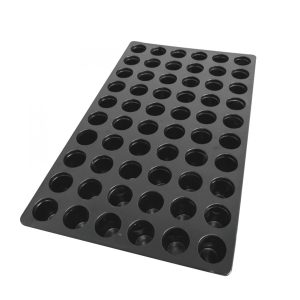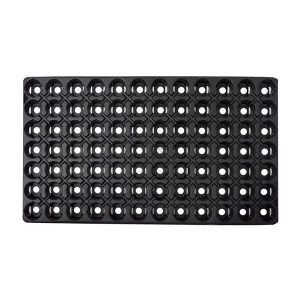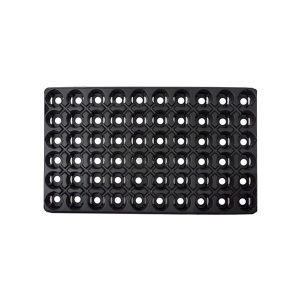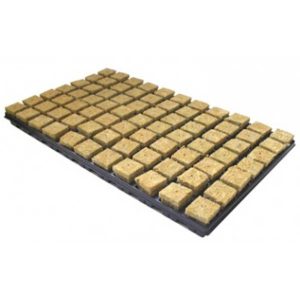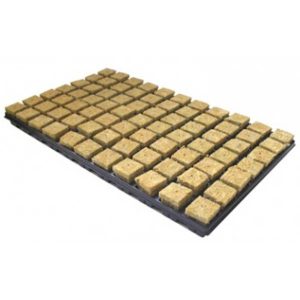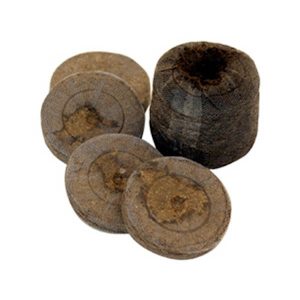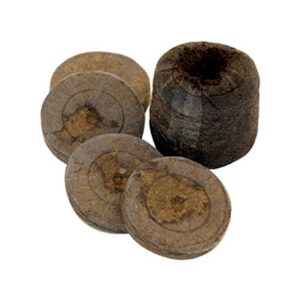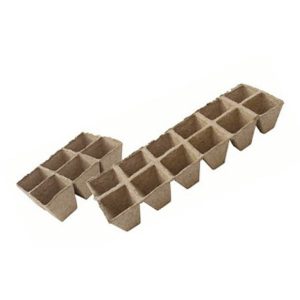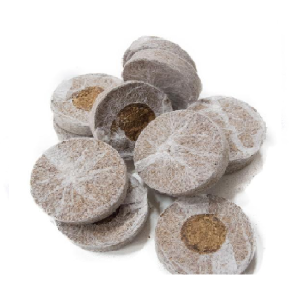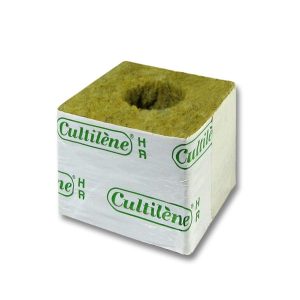Showing all 13 of the results of
2,06 € The original price was € 2.06. 1,65 € The current price is € 1.65. Trays with 60 holes to put Jiffy, round rock wool or root it soil cubes. Measures 52.5 × 32, x5. With 60 alveoli of 41mm in diameter. Jiffi germinators are not included. It is manufactured with first rigid and resistant material to last.
2,75 € The original price was € 2.75. 2,20 € The current price is € 2.20.
2,75 € The original price was € 2.75. 2,20 € The current price is € 2.20.
9,50 € The original price was € 9.50. 7,60 € The current price is € 7.60.
9,50 € The original price was € 9.50. 7,60 € The current price is € 7.60.
1,60 € The original price was € 1.60. 1,28 € The current price is € 1.28. - High recycled plastic case
250 € The original price was € 250. 200 € The current price is € 200.
150 € The original price was € 150. 120 € The current price is € 120.
0,90 € The original price was € 0.90. 0,72 € The current price is € 0.72.
1,55 € The original price was € 1.55. 1,24 € The current price is € 1.24.
200 € The original price was € 200. 160 € The current price is € 160.
40 € The original price was € 40. 32 € The current price is € 32.
3.000 € The original price was € 3,000. 2.400 € The current price is € 2,400. Roca wool planting that is used both to germinate and transplant plants to bare root or block cultivated plants. With large hole.
Main characteristics
Durable and reusable materials, easy to clean and transport.
Various sizes and formats: from small trays to large-capacity seed trays.
Compatible with covers or domes to maintain constant humidity and temperature.
Ease of use: they allow for easy transplanting into pots or final substrate.
Suitable for indoor and outdoor cultivation, ideal forannabisseeds, vegetables and ornamental plants.
Properties
Optimal germination: promotes strong and uniform roots.Environmental control: maintains stable temperature and humidity in the initial stage.Protection: Optional domes prevent seed dehydration and stress.Compatible with different types of substrate and propagation trays.
Benefits
Increases germination rate and reduces seed loss.
It allows crops to be started with greater uniformity and plant health.
Optimizes space and facilitates transplanting to a pot or garden.
Ideal for beginner and professional growers looking to efficiently propagate plants.
Recommended use
Place seeds in a suitable substrate inside the seedbed cells.
Cover with a transparent dome to maintain humidity and temperature.
Monitor humidity and light daily until germination.
Transplant to a pot or permanent crop once the seedlings develop strong roots and leaves.
Frequently Asked Questions (FAQ)
What is a seedbed?
A seedbed is a tray or container with cells where seeds are sown, facilitating the control of humidity, temperature, and light to promote germination.
Can I use any type of substrate?
Yes, the seed trays are compatible with universal substrates, peat, coco coir, or specific mixes depending on the type of plant.
Is it necessary to cover the seedbed?
It is recommended to cover it with a transparent dome to maintain stable humidity and temperature, promoting germination.
When do I transplant the seedlings?
When the seedlings have strong roots and at least two true leaves, they can be transplanted into pots or into the final crop.

